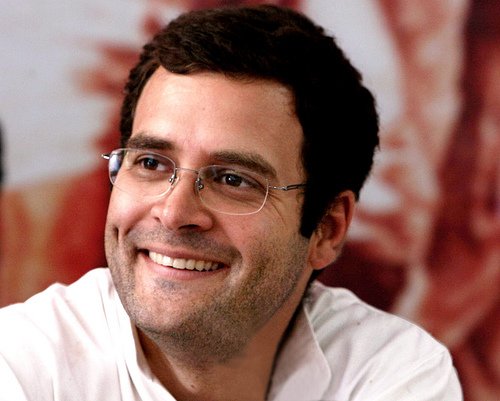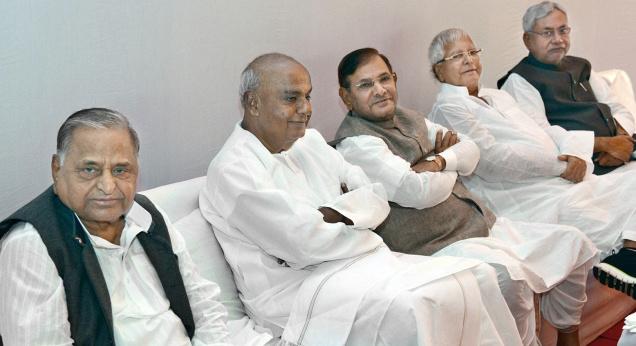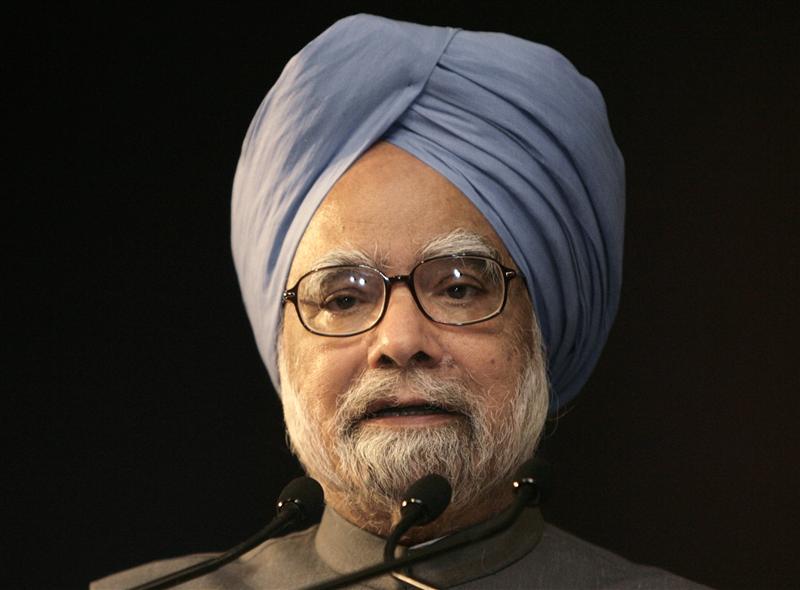In his new avatar, Rahul Gandhi, the current vice president of the Congress Party and successor to the throne that has been kept warm for him over the last ten years, has become a jibe specialist.
His latest jibe has been at the ‘Make in India’ programme. “The prime minister talks about ‘Make in India’. No one does more ‘Make in India’ than the farmers of Punjab. They have made this country stand (on food grains production),” the Gandhi family scion, who recently returned from a 57 day foreign sojourn, told the media earlier in the day today (April 29, 2015).
This potshot was uncalled for, simply because no nation has gone from being a developing country to becoming a developed country without the support and the rapid expansion of its manufacturing sector, which is what the ‘Make in India’ programme is all about.
As Cambridge University economist Ha-Joon Chang writes in Bad Samaritans—The Guilty Secrets of Rich Nations & the Threat to Global Prosperity: “History has repeatedly shown that the single most important thing that distinguishes rich countries from poor ones is basically their higher capabilities in manufacturing, where productivity is generally higher, and more importantly, where productivity tends to grow faster than agriculture and services.”
India has failed to latch on to a manufacturing revolution. The services industry was India’s big hope. But services by their very design have certain limitations. As Chang writes: “There are certainly some services that have high productivity and considerable scope for further productivity growth—banking and other financial services, management consulting, technical consulting and IT support come to mind. But most other services have low productivity and, more importantly, have little scope for productivity growth due their very nature (how much more ‘efficient’ can a hairdresser, a nurse or a call centre telephonist become without diluting the quality of their services?).”
Also, for the services sector to flourish a strong manufacturing sector is required because that is where the demand comes from. Hence, as Chang puts it: “This is why no country has become rich solely on the basis of its service sector.” This is something that Rahul needs to understand.
India needs a strong manufacturing sector which it currently lacks. The reason is simple. Only a vibrant manufacturing sector can create enough jobs for the 13 million Indians who enter the workforce every year. The ‘Make in India’ programme is a step in that direction.
In his interaction with the media Rahul further said: “When the poor do ‘Make in India’, is it not ‘Make in India’? Is it something else?” What does this statement even mean?
Rahul’s concern for agriculture may be genuine, but a simple point he needs to understand is that there way too many Indians dependent on farming. Agriculture forms around 18% of the gross domestic product and employs more than 50-60% of Indians, depending on which estimate you trust.
Only 17% of who work on farms survive only on money they make from their farm. Everyone else does some extra work. As Mihir Sharma writes in Restart—The Last Chance For the Indian Economy: “Our agriculture simply does not earn enough; and it has too many people…We no longer need to ensure that enough food is grown; for decades, we have been growing enough food. The country that invented granaries cannot build enough to store its vast stockpiles of grain; and yet we plant and harvest more.”
A major reason for this has been a rapid increase in the minimum support price(MSP) of wheat and rice, during the Congress led UPA government. The MSP is the price at which the government buys rice and wheat from the farmers, through the Food Corporation of India(FCI) and other state government agencies. Rahul told a farmers’ rally in New Delhi earlier this month: “We increased the MSP of wheat from Rs 540 to Rs 1400…The MSP has not changed, no benefit to farmers.”
But what the Gandhi family scion does not realize is that this rapid increase in MSP has led to other major problems. As Sharma writes: “It distorts the choices that farmers make—those who should be finding ways to grow vegetables, which grow more expensive every year, are instead growing wheat we no longer need.”
It has also led to a situation where a state like Punjab which is essentially a semi-desert is growing a large amount of rice through the extensive use of underground water. This has led to water table falling rapidly over the years.
Given these reasons, Rahul Gandhi needs to get his economics right. The country has suffered enough over the decades for the garibi hatao politics of the Congress party. Sadly, Rahul and Congress continue to practice the garibi hatao politics of doles. What we need now are jobs and more jobs. And those jobs can only be created through the rapid expansion of the manufacturing sector.
This bit of wisdom is nothing new. It was known nearly 300 years back as well. As Chang writes: “[Robert] Walpole [the first British prime minister] knew this nearly 300 years ago, when he asked George I[the British King at that point of time] to say in the British Parliament: ‘nothing so much contributes to promote the public well being as the exportation of manufactured goods and the importation of foreign raw material.’”
Being in the opposition, Rahul obviously needs to criticize the government. The ‘Make in India’ programme in its current form is a little more than a marketing slogan. If this slogan needs to be turned into a reality, there is a lot more that needs to be done—from improving the ease of doing business to labour sector reforms. Nothing much seems to be happening on these fronts.
Why can’t Rahul criticize this for a change? It might just turn out to be a real reinvention than the forced “angry young man” image that he seems to have adopted in the recent past.
(Vivek Kaul is the author of the Easy Money trilogy. He tweets @kaul_vivek)
The column originally appeared on Firstpost on Apr 29, 2015



